Kayak Crabbing Tutorial
Introduction
Kayak crabbing is a great fishery in Northern and Central California. This tutorial will provide you with the knowledge to get started kayak crabbing. This tutorial will cover, California state Dungeness crabbing regulations, essential gear, best practices, bait choices and much more. Let’s get started.
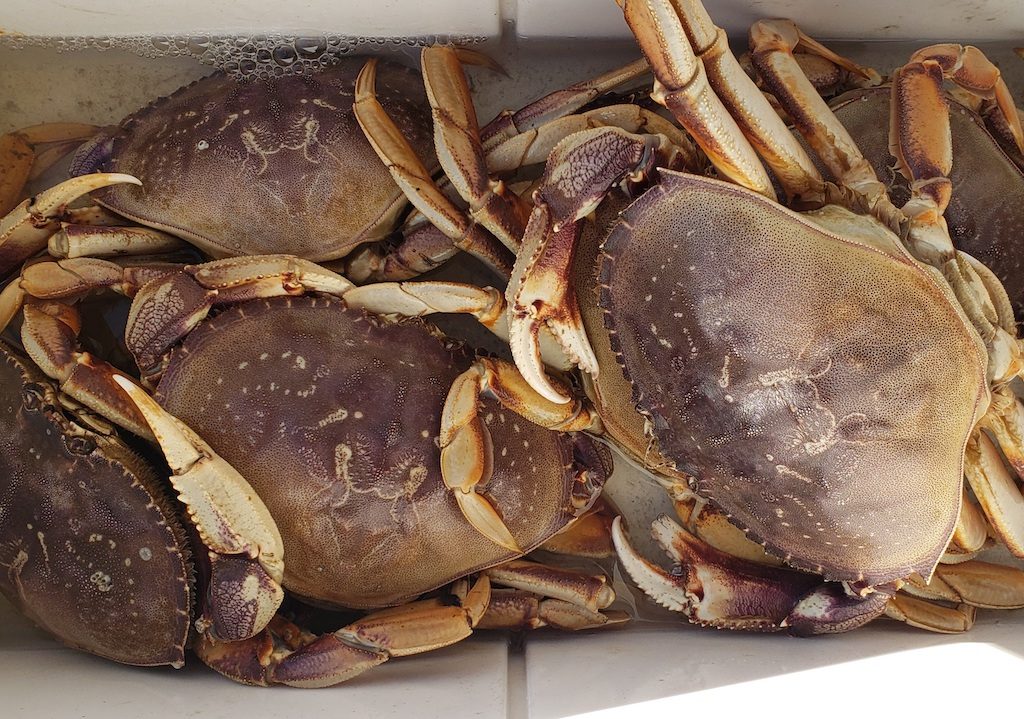
The Dungeness Crab
The Dungeness crab, Metacarcinus magister (formerly Cancer magister), is a species of crab that inhabits eelgrass beds and water bottoms on the west coast of North America. It typically grows to 20 cm (7.9 in) across the carapace and is a popular seafood prized for its sweet and tender flesh. Its common name comes from the port of Dungeness, Washington.
From wikiepedia Feb 27, 2015 http://en.wikipedia.org/wiki/Dungeness_crab
California Regulations
The recreational fishery for Dungeness crab (Cancer magister) is typically open from November-July north of the Mendocino-Sonoma county line and South of Mendocino-Sonoma county line the season runs to the end of June; However, regulations do change based on health concerns or scientific recommendations to the wildlife commission, so keep yourself updated with the regulations.
Recreational crabbing for Dungeness crab is not allowed within San Francisco and San Pablo bays, or from vessels licensed for commercial Dungeness crab fishing. The daily bag limit is 10 crab, and the minimum size limit is 5¾ inches. Review crab measurement methods and the current Ocean Sport Fishing regulations booklet for more Dungeness crab fishing information.
See additional information about Dungeness crab and other species of crab.
Additional Trap Regulations (Updated)
In addition, to the fishing restrictions there are updated regulations that recreation and commercial fisherman will need to adhere if taking crabs by crab traps.
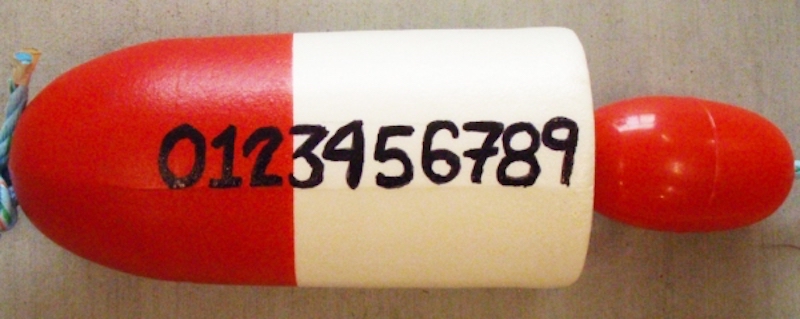
Anyone using a crab trap must purchase a $2.42 crab validation stamp that expires at the end of the year. Moreover, new rules concerning buoys, and max trap numbers and frequency of trap monitoring have been updated; however hoop nets, snares and hand line methods will NOT require a crab trap validation stamp.
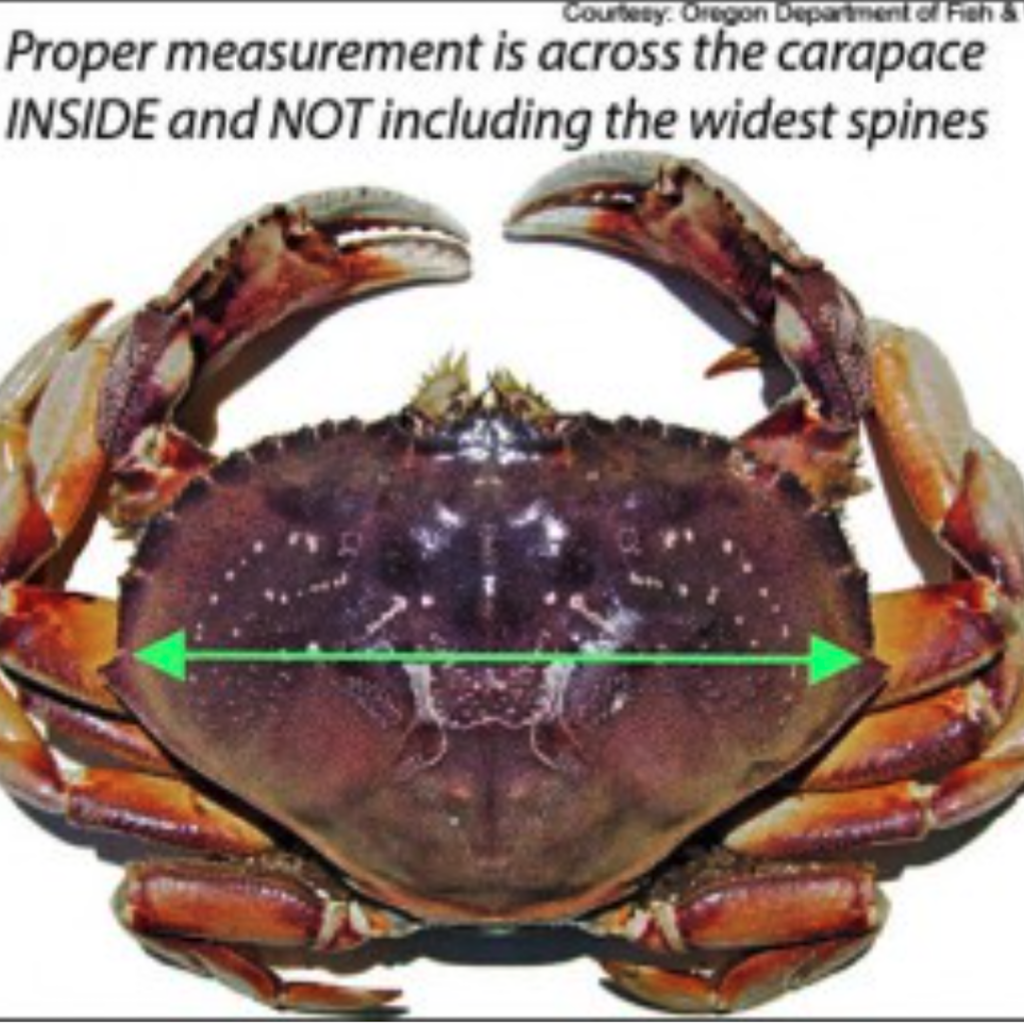
Properly Measuring Dungeness Crabs
Only retain crabs that are 5 ¾ inches across the back, not including the spines or wider. Crabs meeting the minimal requirements are termed sport vs. commercial that range from 6-6/14 and jumbo’s reaching 7+.
Proper Sex Identification

Hard and Soft Shell Crabs
Crab are exoskeletal animals which mean they wear their skeletons on the outside. Their shell protects their vital organs from predators, however as they grow they will “molt” their skeletons and grow into their new bodies.When this happens they will be lighter and soft. Crabs that are soft are best release regardless of how large they may be. There simply is not enough meat to justify keeping them.
Kayak Crabbing Essentials
There is a lot of gear that Kayak fisherman use to catch crab but these tend to be the kayak community preference.
NOTE: Each trap should be connected to a floater/buoy that floats on top of the water and identifies its location. Make sure to properly weigh down each line with a weight so it is not floating and can become stuck in boat propellers. Remember to keep pots outside boating lanes and harbor entrances!
Ambush Traps and Rings
For kayak crabbing here are the most common gear that you will used when targeting Dungeness crabs in the ocean or bays.
Traps
TLA crabbing Adventures
Kayak Crabbing Best Practices
Here is a list of the best practices that has worked for me through the years. Feel free to take and use what want.
Length of Soak
There is a myth that longer soaks produce more crabs. Crabs like fish in the sea can be found in clutches or schools. Placing a crab trap in an area that is not populated by crabs will produce no crabs. Throwing back traps in the same area will produce the same the same result.
Successful fisherman continually MOVE pots until he finds the clutch. The other guy keep throwing back his pots in the same area and gives up when his pots come up empty, or say, “It was just a bad fishing day” until they see the others come in with limits.
Most fisherman soak traps around 60 minutes per pull.Rings and volcano style traps can be pulled up in 30-40 minutes.
Bait Choices
Crabs are opportunist and scour the ocean floor looking for their next meal. This includes dead fish, mussels, squid or anything else they can get their claws on. Crabs are attracted to scent. The fresher the bait the more appealing the scent will be to them. The longevity, freshness, and strength of the scent will determine the effectiveness of the bait. Here is a list of common bait used for crabbing.
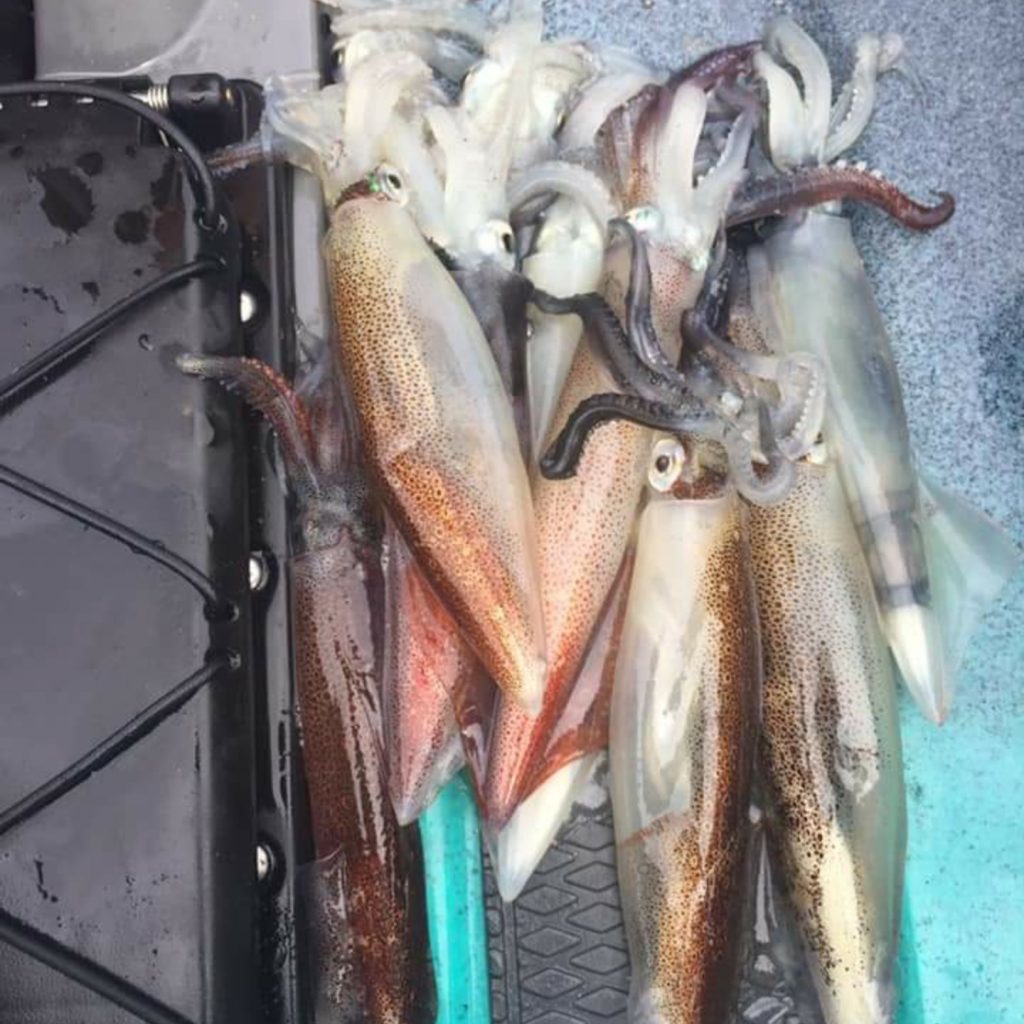
Common crab bait include:
- Squid
- Fresh Rock Fish (Whole or Carcass)
- Chicken
- Fish remains (Mackerel, Herring, Sardines, Anchovies)
- Cat food (White Tuna dinner)
Dungeness vs Rock Crabs
Dungeness crab and Red Rock Crabs reside in different landscapes. Dungeness crab live mainly in flat sandy areas while Rock Crab (As indicated by their name) live near rocks and reefs. Use a fish finder to distinguish flat sandy locations from rocky areas. Targeting a flat sandy bottom will provide a better chance of pulling up Dungeness crabs. Targeting reefs, jetty and rocky structure will produce rock crabs.
Tidal and Swell Considerations
Crabs are affected by tidal conditions and swells like other marine life. Targeting tides is extremely important to having a productive day out on the water. Crabs will start feeding at the turn of the tide and toward the end of a tide like other marine life. Targeting the tide change and strategically placing traps is a best practice to landing more crabs.
Extreme tides such as King tides, In my opinion, do no crab well because of the extreme currents. More over king tides can sweep pots and traps way that do no have adequate weight. Crabs do well with slow and steady tides that allow them to search out the scent and the bait.
Another factor that in important to note is swells. Large swells and south swells
are poor for crabbing because it turns the bottom of the ocean and disperse the scent. More over large swells dislodges traps and hoops that are not weighted down enough. Ideal conditions are flat days with a steady but not extreme tide.
GPS, Marker Buoys and Thievery
When crabbing it is HIGHLY recommended but not necessary to have a GPS that will mark the location of each crab pot. There are many factors that lead to missing or misplaced pots such as high swells, strong currents and fog. Not all missing pots are stolen.
I recommend using contrasting and bright color markers in the ocean to improve visibility. Use weighted line to avoid tangling with boat propellers and provide roughly 25% additional rope to account for tidal changes.
Unfortunately it’s a fact that people do steal crabs in traps that are left unattended. These incidents tend to happen in the early morning and late night when traps are left unattended. They also happen in high frequencies during: Crab season opener, Thanksgiving and Christmas. I will usually not crab around this time or will go to more remote locations to avoid thievery.
Learn to DeShell a Dungeness Crab
Conclusion
Kayak crabbing is a fun and rewarding past time. It is a great way to spend time with friends and family while bringing home some dinner. However remember to keep only as much as you need. The sustainability of our oceans and ecosystems depend on everyone willing to do their part. Good Luck and tight lines –TLA
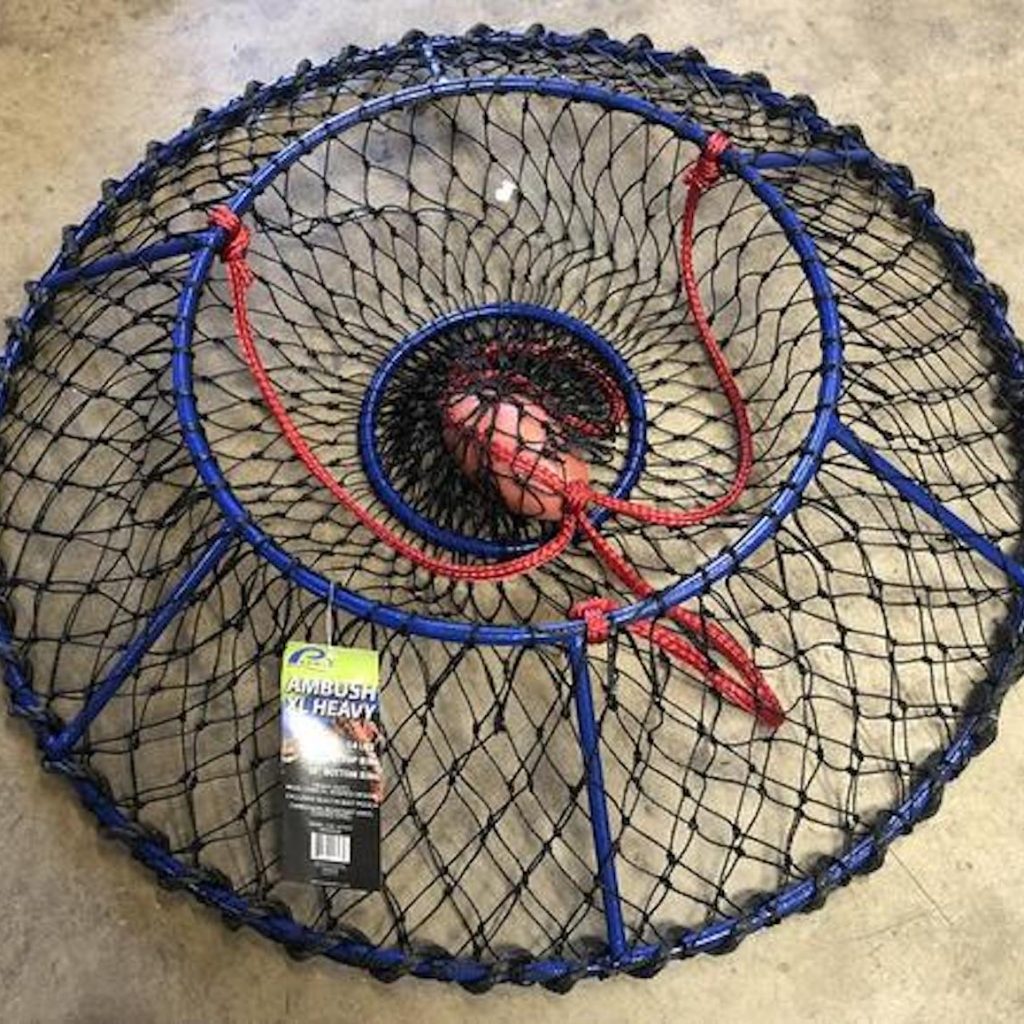
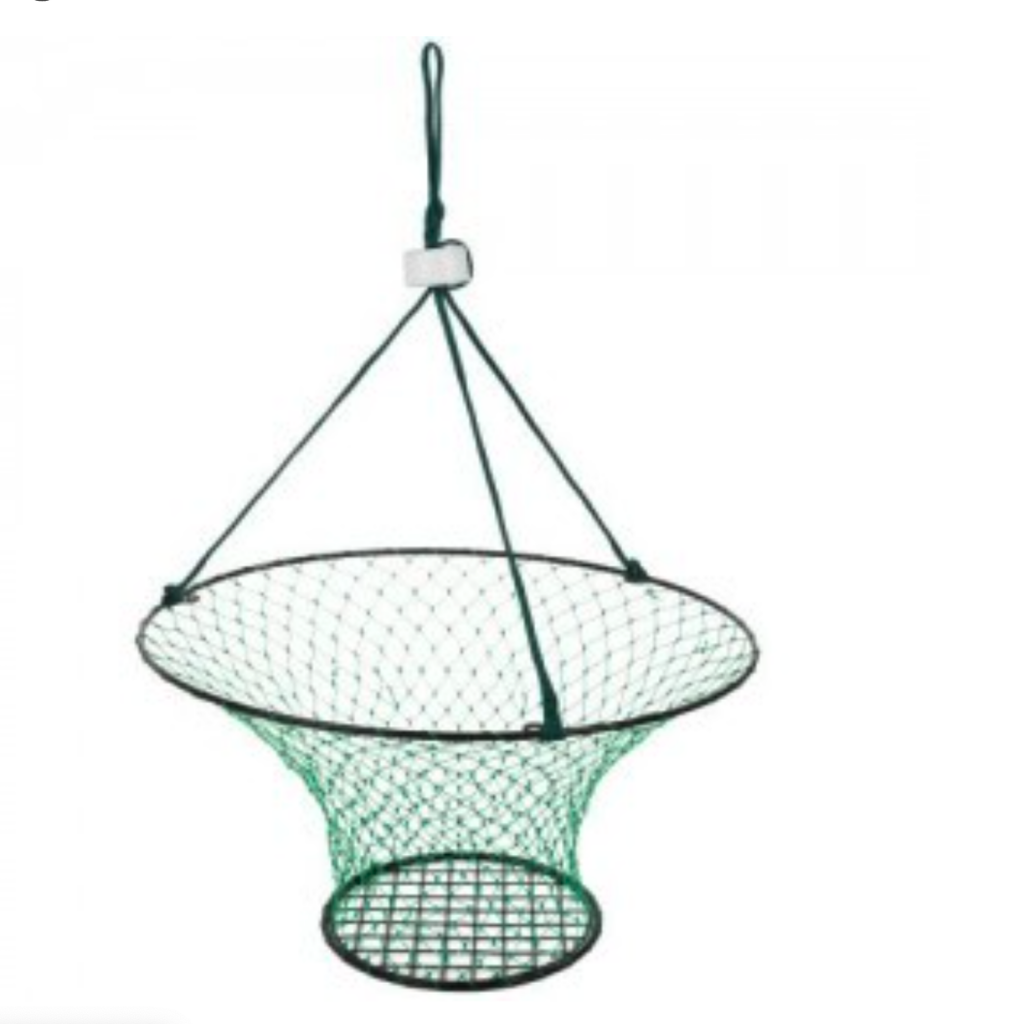
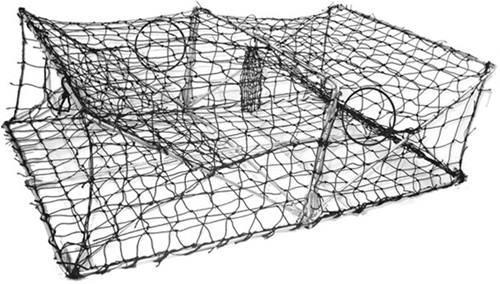
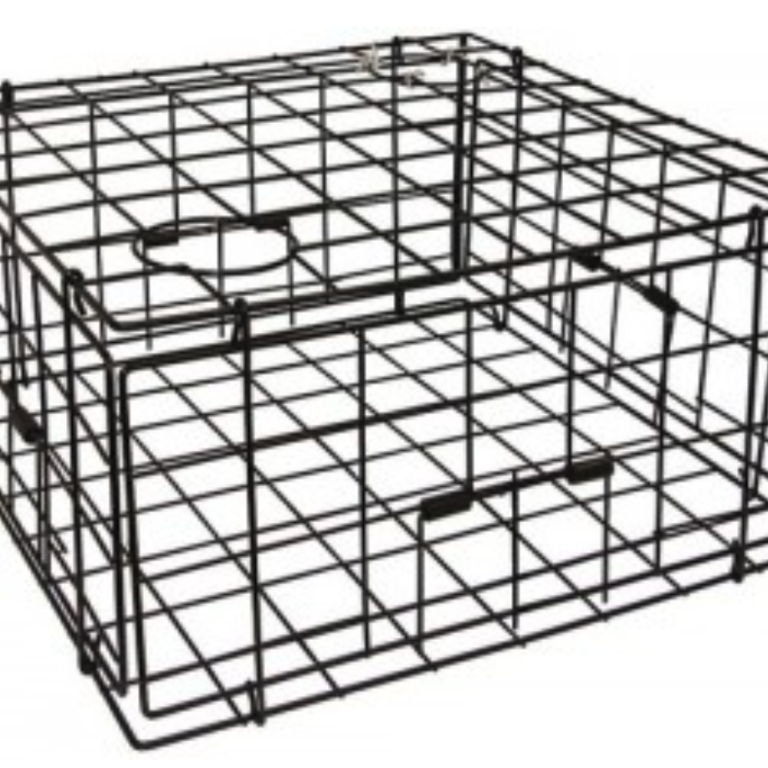
Pingback: Massive Spider Crab and Spiny lobsters | Two day Tesla Camping Adventure - The Lost Anchovy
Pingback: Tomales Bay Kayak Crabbing - The Lost Anchovy
Do you add extra weight to the ambush hoop nets? how much? thanks!!
I think it just has to do with how much tide and swells there is. I think 5 lbs will keep it on the bottom. I actually don’t use weights myself ,but that all depends on the situation. Good luck
Does anyone have a certain kayak type that is best to crab with that could also be a good recreational paddle?
Mark, you got a few options here. 1) 5 gallon bucket 2) burlap bag 3) dive bag 4) laundry meshed bag 5) Kayak Kill Bag (most expensive, but multipurpose). If you crab at HMB you can go to the tackle shop and ask them for a burlap bag. I think it cost 2-4 dollars. Good luck — TLA
I just got a kayak and pot and can’t wait to go out. I can’t find an answer to one question though. Assuming you’ve got some keepers, how do you transport them back to shore? In the pot? In some other container?
Thanks!
I just got a kayak and pot and am hoping to go out in the next few days. One thing I can’t find an answer to though is: assuming you’ve got keepers in your pot, what do you transport them in back to shore? Thanks!
I would like to buy a kayak specifically for crabbing in the Half Moon Bay/Linda Mar area.
What are your suggestions for a single and a double. I am an experienced kayaker.
Hey i’m sorry, i just saw this post. I responded to you and hope you got the Kayak that you wanted. Best of luck OTW! –TLA
How many crap traps per person on a kayak?
I think there is a 10 pot upper limit, but i’m not absolutely sure about that. In most cases 3-5 pots on a kayak will often be more then enough to get a daily limit.
Nate,
I’m not aware of any crabs around central California. Most of the Dungeness crab are located in northern California up to Oregon. Down south most people target spiny
lobster!? near the rocks.
If you are up north, HMB, Bodega bay, Baker Beach, and Linda Mar are all great places to target Dungeness Crab. Just look for a sandy bottom on the FF. –TLA
Thanks for the info!
I just discovered your website. I love it! Very funny and very helpful. I’m new to fishing this year and I want to start getting crab. I live in morro bay. Could you by any chance recommend some spots?
Thank you so much
Nate
Is there decent crab found in the santa cruz harbor area?
Not in kayak range that I know of. The santa Cruz crab tends to be on deeper water. Most kayakers target hmb, and Bodega Bay around here.